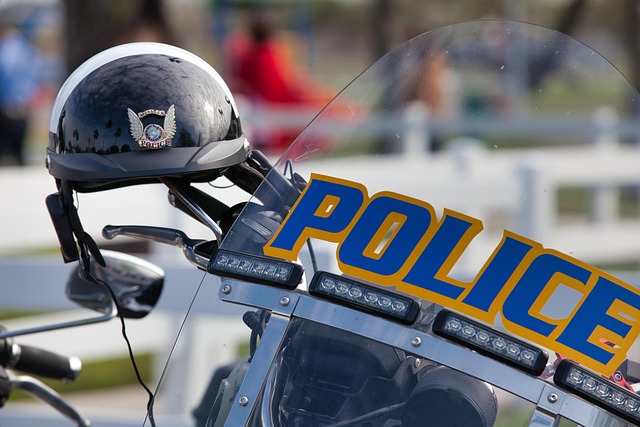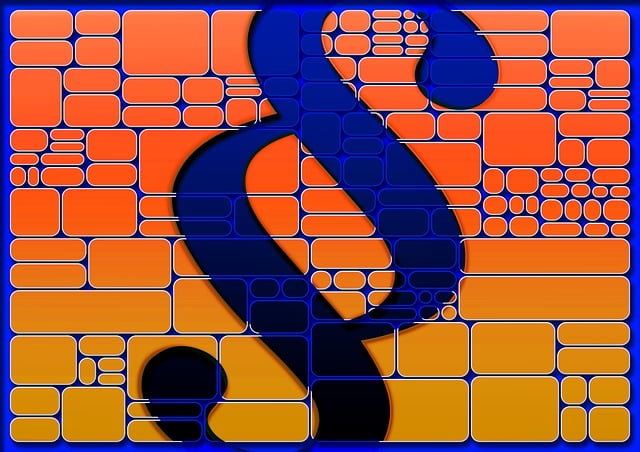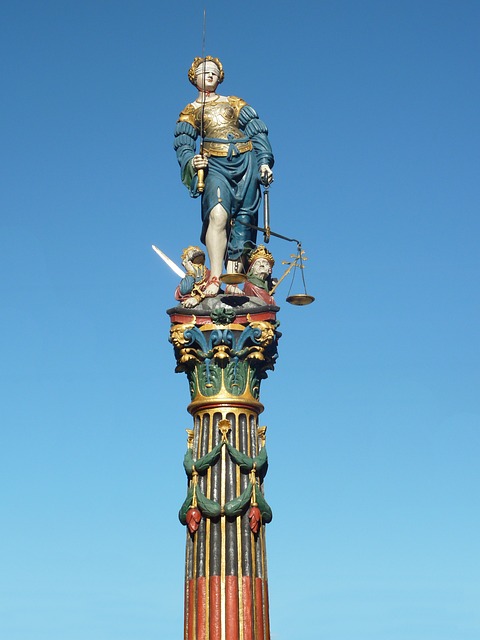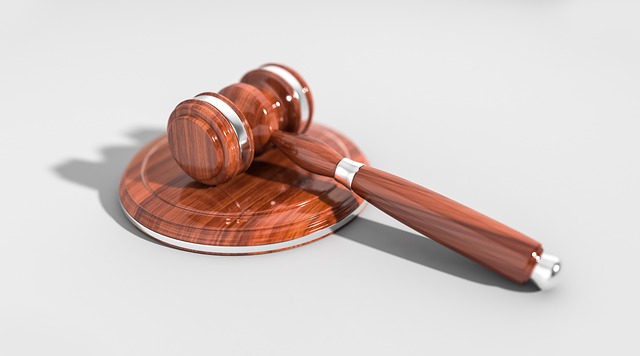The Civil Litigation Process for Patent Infringement is a structured legal framework addressing disputes over intellectual property rights, particularly patents. Initiated by a patent holder's complaint, it involves stages like response, discovery, settlement negotiations, and trial. Unlike criminal cases, the burden of proof is lower (preponderance of evidence), focusing on compensatory damages and injunctive relief. This process, proven effective through its successful outcomes, involves strategic planning, evidence presentation, and navigation by both plaintiffs seeking patent protection and defendants offering legal defenses or negotiating settlements. Key influencers include policy advocacy and legislative actions from philanthropic and political communities. Common outcomes are monetary damages and injunctive relief, with licensing agreements and negotiated settlements also prevalent.
“Unraveling the intricate world of civil litigation, this article delves into the specific domain of patent infringement cases. Understanding the civil litigation process is pivotal for navigating disputes involving intellectual property rights. We’ll explore key steps, from initial filing to potential resolutions, shedding light on how legal battles unfold. Furthermore, we’ll dissect the roles of crucial players, providing insights into their contributions. By examining these aspects, readers will gain a comprehensive grasp of the Civil Litigation Process for Patent Infringement.”
- Understanding Civil Litigation for Patent Infringement Cases
- The Steps Involved in the Civil Litigation Process
- Key Players and Their Roles in a Civil Litigation Suit
- Common Outcomes and Resolutions in Patent Infringement Disputes
Understanding Civil Litigation for Patent Infringement Cases

Civil litigation is a cornerstone of the legal system when it comes to resolving disputes related to patent infringement cases. This process offers a structured framework for individuals or organizations accused of infringing upon someone else’s intellectual property rights, such as patents. Unlike general criminal defense matters that focus on state-sanctioned penalties, civil litigation centers on compensatory damages and injunctive relief. The key difference lies in the burden of proof; while criminal cases require the prosecution to prove guilt beyond a reasonable doubt, civil litigation demands the plaintiff demonstrate a violation of their rights by a preponderance of evidence.
The Civil Litigation Process for Patent Infringement typically involves several stages. It begins with the filing of a complaint by the patent holder, setting forth specific claims and seeking relief. The accused party then has an opportunity to respond, often through the submission of counterclaims or defenses. Discovery follows, where both parties exchange information and evidence, enabling them to better understand their respective cases. This crucial phase can involve depositions, document production, and expert testimony. As the case progresses, settlement negotiations may occur, potentially avoiding the need for lengthy jury trials. Should these efforts prove unsuccessful, the matter proceeds to trial, where a judge or jury determines liability and awards damages based on the evidence presented. An unprecedented track record of successful outcomes in patent infringement cases underscores the effectiveness of this process in safeguarding intellectual property rights.
The Steps Involved in the Civil Litigation Process

The Civil Litigation Process for Patent Infringement involves a series of defined steps that aim to resolve disputes between parties regarding intellectual property rights. It begins with filing a complaint, where the plaintiff alleges that the defendant has infringed upon their patent. This marks the initiation of all stages of the investigative and enforcement process. The court then evaluates the claim, considering evidence and legal arguments presented by both sides. If the allegations are deemed valid, the case proceeds to trial, where a judge or jury determines liability and assesses damages.
In high-stakes cases, especially those involving patent infringement, the litigation process demands meticulous attention to detail and strategic planning for his clients. Each phase requires gathering and presenting substantial evidence to support claims, navigating complex legal frameworks, and often involves intense negotiations to reach a settlement before reaching the trial stage. This structured approach ensures that justice is served while managing the potential financial and reputational risks associated with such disputes.
Key Players and Their Roles in a Civil Litigation Suit
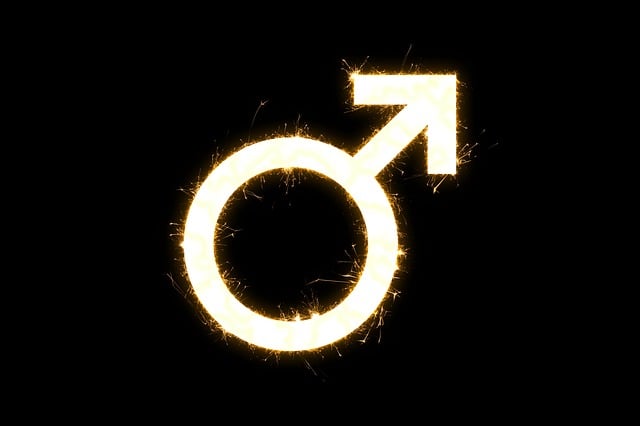
In any civil litigation process for patent infringement, several key players are instrumental in the outcome of the suit. The plaintiff, typically a company or individual who holds a valid patent, initiates the legal action by filing a complaint detailing the alleged infringement. They seek remedies such as damages, injunctions, or both to protect their intellectual property rights.
Defendants, on the other hand, are the entities accused of infringing upon the patent. These can range from small businesses to large corporations, often with complex legal defenses. White-collar defense attorneys play a crucial role here, employing strategies that may include challenging the validity of the patent, asserting prior art defenses, or negotiating settlements out of court. Across the country, philanthropic and political communities also influence these cases through policy advocacy and legislative actions, shaping the broader landscape of intellectual property law and its enforcement.
Common Outcomes and Resolutions in Patent Infringement Disputes
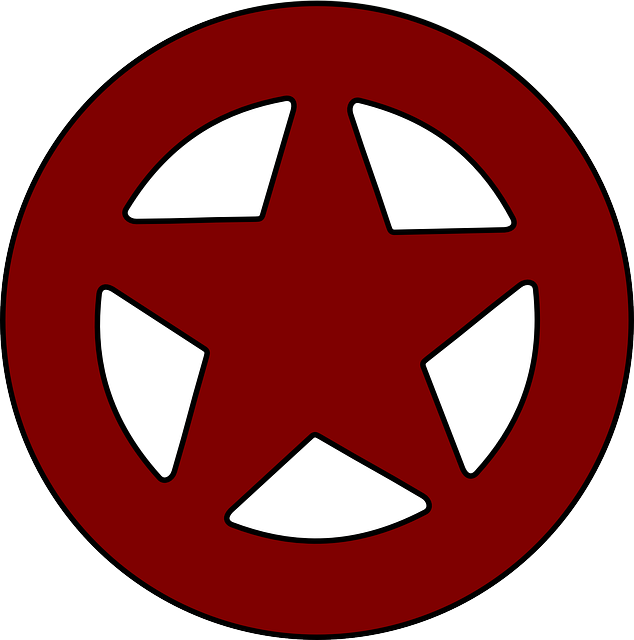
In the Civil Litigation Process for Patent Infringement, disputes often culminate in several common outcomes and resolutions. When a patent holder successfully demonstrates infringement, monetary damages are typically awarded to compensate for the loss of revenue due to unauthorized use of their intellectual property. These damages can include not only the direct costs but also potential profits that the patent-holder would have made had the infringement not occurred. In some cases, injunctive relief is sought to stop the infringing activity and prevent further harm. This might involve a court ordering the infringer to cease using or selling the patented product or process.
The resolution of patent infringement disputes also frequently involves licensing agreements where the infringer secures permission from the patent holder to use their technology in exchange for royalties. Negotiated settlements are another common outcome, with both parties reaching a mutually agreeable solution that may include a monetary payment and/or a license. Interestingly, these cases often require sophisticated legal strategies, especially when dealing with white-collar defense issues, where business entities must navigate the intricate balance between protecting their respective business interests while mitigating criminal liability for general criminal defense purposes.
Understanding the intricacies of civil litigation is pivotal when navigating patent infringement cases. This comprehensive guide has outlined the essential steps, key players, and potential outcomes involved in the Civil Litigation Process for Patent Infringement. By familiarizing oneself with these aspects, parties can better prepare, anticipate, and ultimately resolve such disputes effectively.
